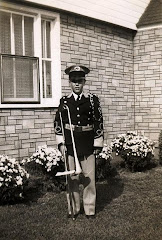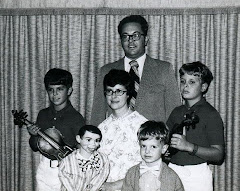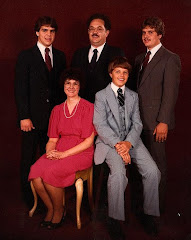Now I am not a sailor and I have never been on a cruise or in a boat at sea at night, so I am not really qualified to talk about sailing terms. But I am told that years ago, before sonar, radar and other technological instruments were available, that sailors depended upon things like lighthouses and lower lights to safely enter a harbor, especially suring storms or at night. Among other things, lower lights would serve as channel markers and show where the boat could safely sail. One of the great evangelists of the ninettenth century, the Rev. Dwight L. Moody (1837-1899) talked about these things in a story that he quite often shared in his messages. Moody told of a ship nearing the Lake Erie harbor at Cleveland, Ohio on a stormy night when the waves were high. Seeing only the light from one lighthouse, the ship's captain asked the pilot, "Are you sure this is Cleveland?" "Quite sure," replied the pilot. "But," said the captain, "Where are the lower lights, the lights along the shore?" The pilot replied calmly, "They've gone out sir." He assured the captain that they could make the harbor and he turned the ship's wheel. But in the darkness they missed the channel and crashed upon the bar, resulting in the deaths of many of the ship's crew and passengers. With this illustration Moody concluded his sermon by saying, "The Master will take care of the Great Lighthouse, but it is up to us to keep the Lower Lights burning." Philip P. Bliss who had been directing the music at the service, listened intently to Moody's sermon. Almost immediately after the service he penned the words and the music to a hymn that he titled Let the Lower Lights Be Burning. The hymn was first published in 1871 and eventually the song gained in popularity, even at inland churches where the people knew nothing about lighthouses. And it was soon known by millions of Americans. In modern times, popular recording artists such as Tennessee Ernie Ford and even Johnny Cash recorded the hymn. But other than some of the gospel singers of today who occasionally perform the song, it is largely forgotten today. Joni Erickson, in sharing about this hymn said "God is the lighthouse and we are his lower lights. We point the way, we show where it's safe to go. I hope, I trust, I pray I am still doing what my father told me to do - I'm still being a lower light, a channel marker, pointing others where it's safe to go. With God as the lighthouse, friend, I'm going to tell you something: you are a lower light. And I want you to join me and marking the way so that others might see where safe harbor is. Because the times are stormy and the winds of change and adversity are blowing hard - it doesn't surprise me (does it you?) That so many believers are being blown off course these days? keep your lower light burning, friend. Send your beam across the wave, because some poor fainting, struggling seaman, you - through Jesus Christ - may save." And what more can I add to Joni's comments and challenge. Think about them this week.
1. Brightly beams our Father's mercy,
From His lighthouse evermore,
But to us He gives the keeping
Of the lights along the shore.
Let the lower lights be burning!
Send a gleam across the wave!
Some poor *fainting, struggling seaman
You may rescue, you may save.
2. Dark the night of sin has settled,
Loud the angry billows roar;
Eager eyes are watching, longing,
For the lights along the shore.
Let the lower lights be burning!
Send a gleam across the wave!
Some poor fainting, struggling seaman
You may rescue, you may save.
3. Trim your feeble lamp, my brother;
Some poor sailor, tempest-tossed,
Trying now to make the harbor,
In the darkness may be lost.
Let the lower lights be burning!
Send a gleam across the wave!
Some poor fainting, struggling seaman
You may rescue, you may save.
You can listen to it here. LISTEN

















